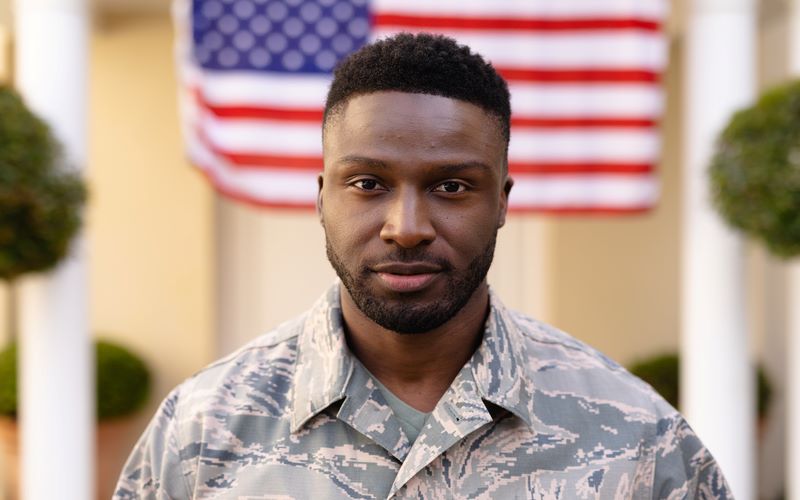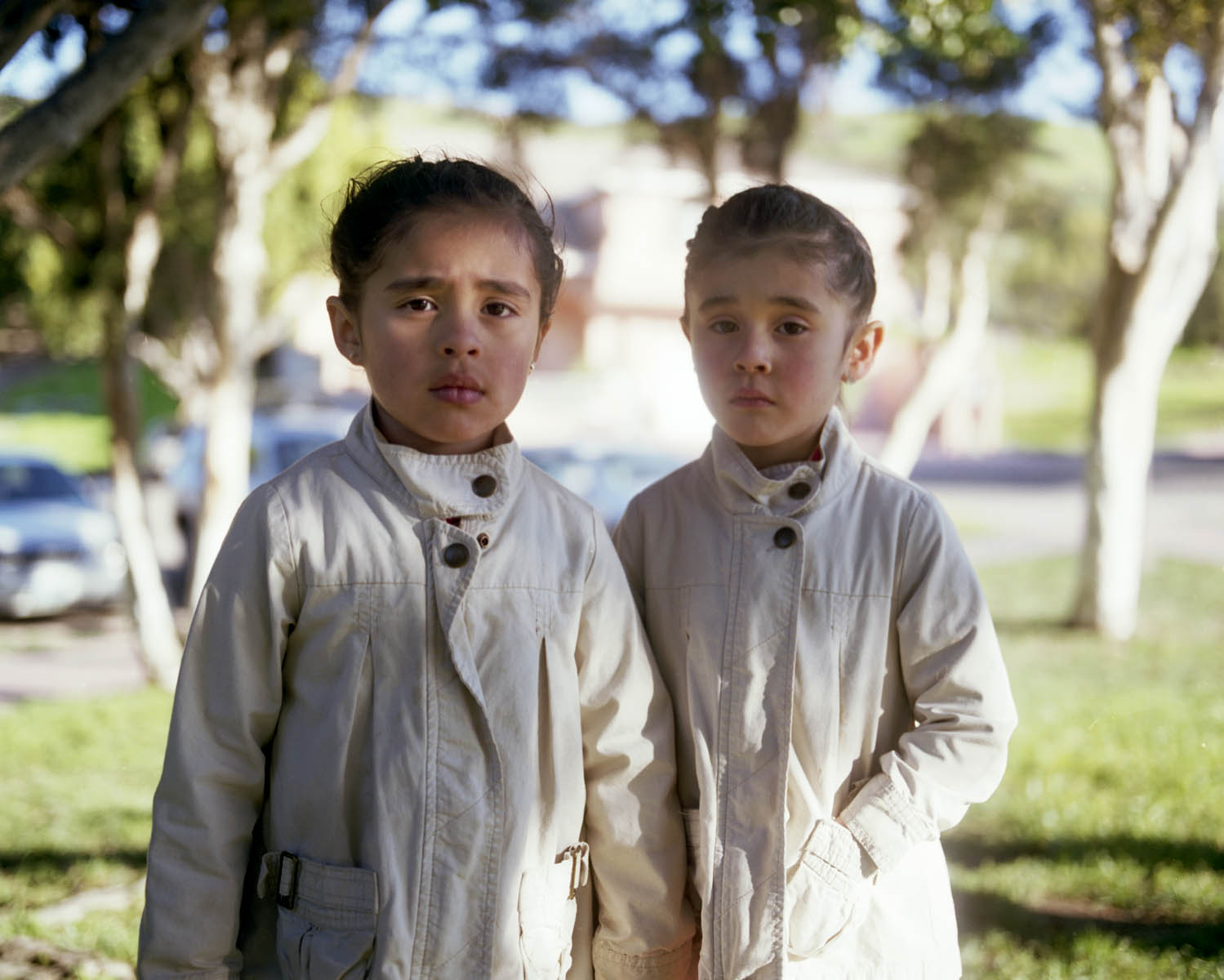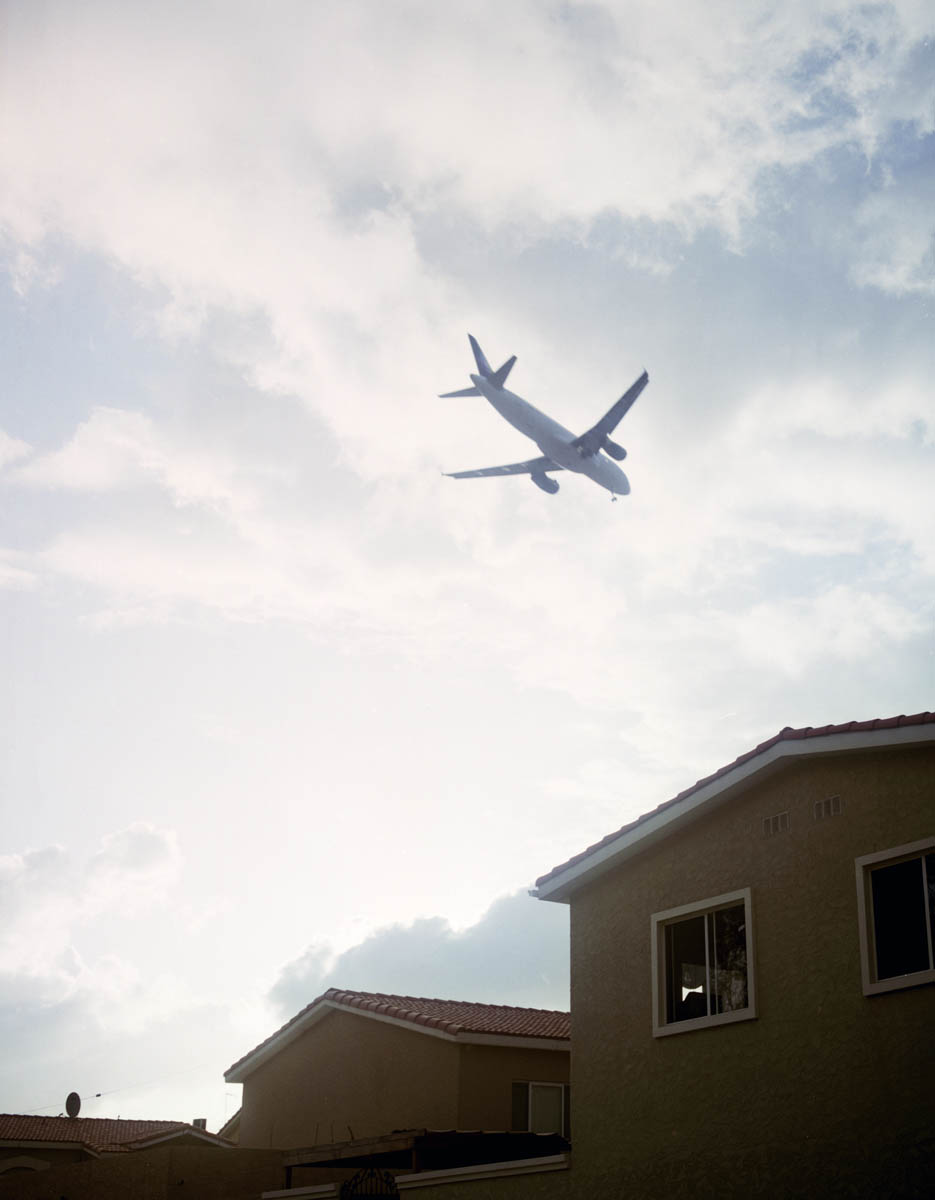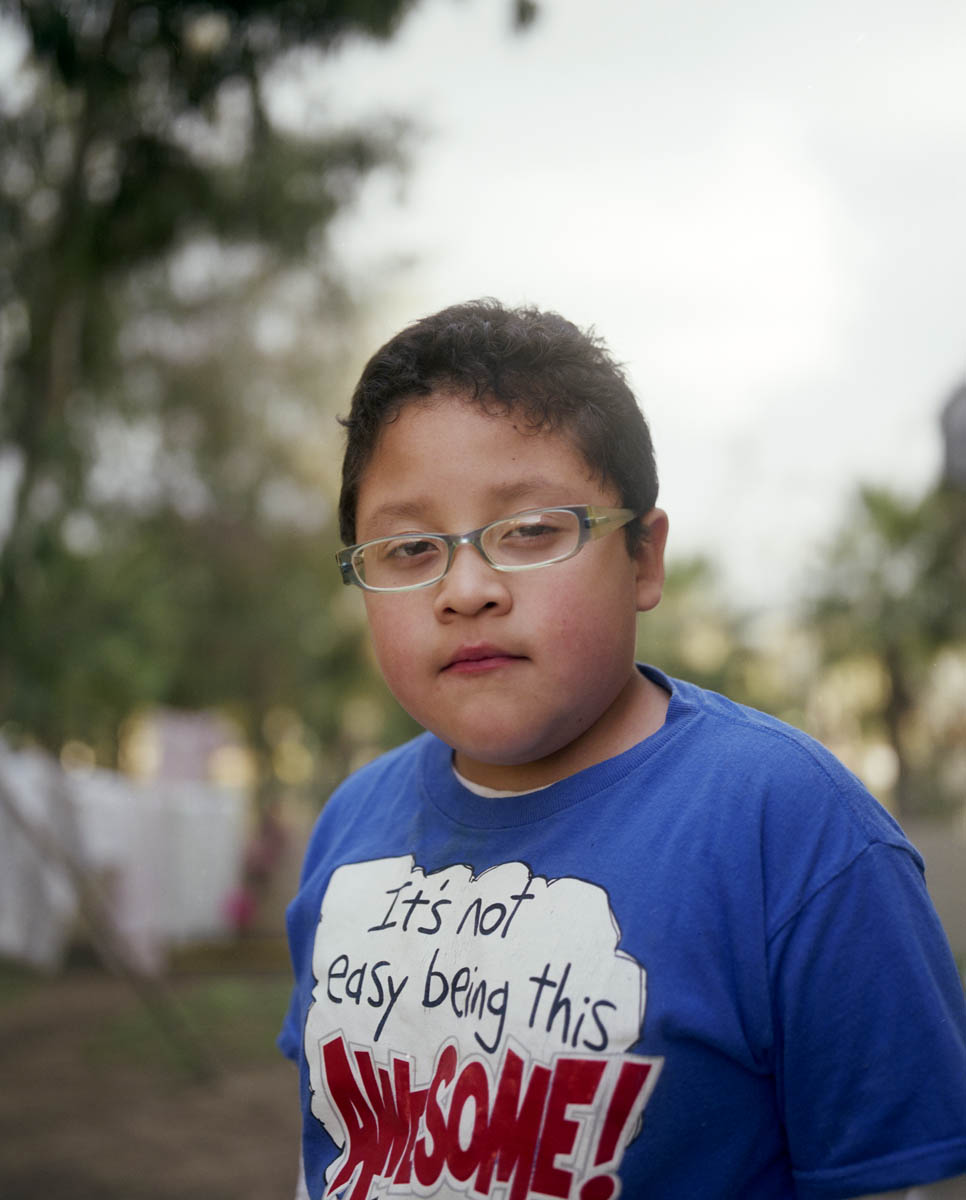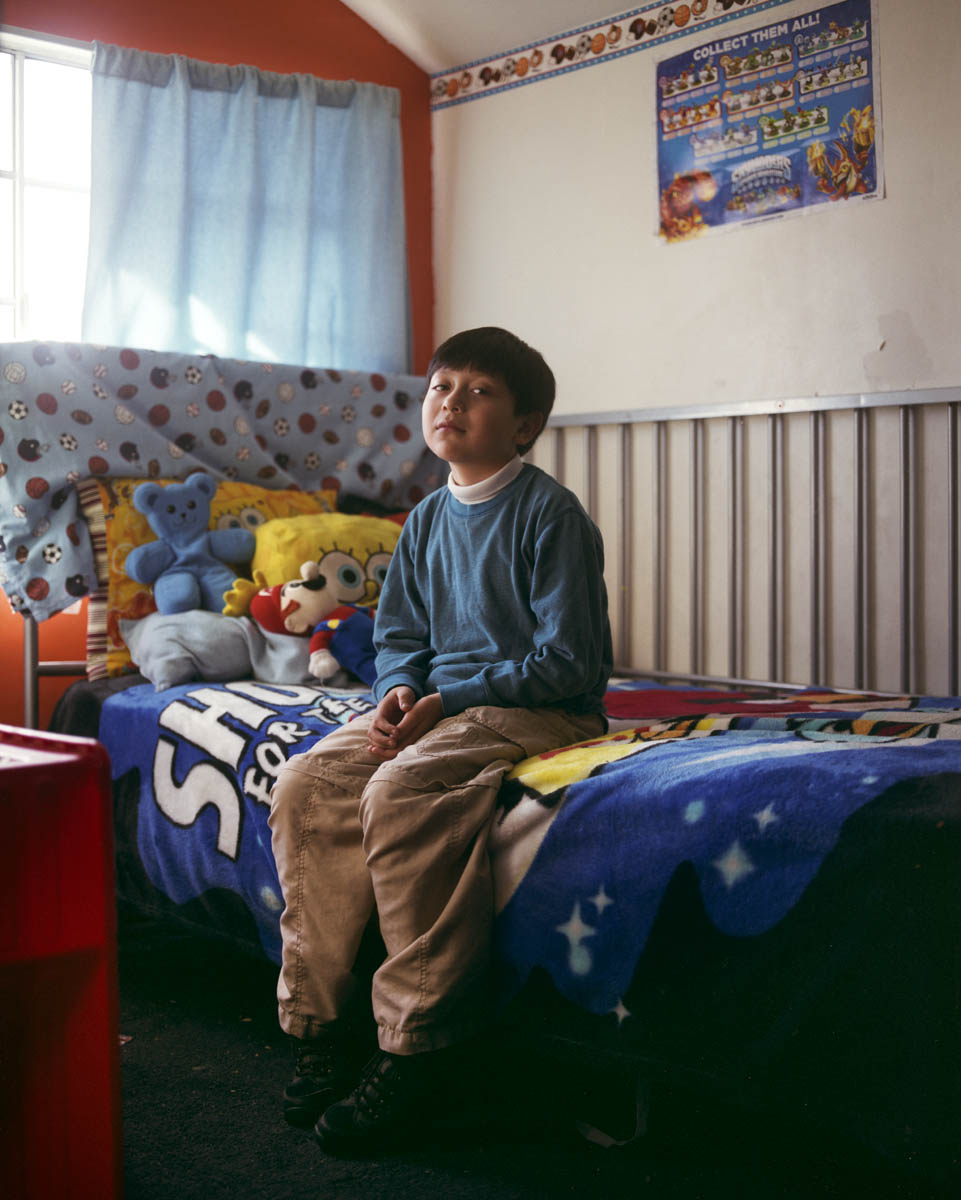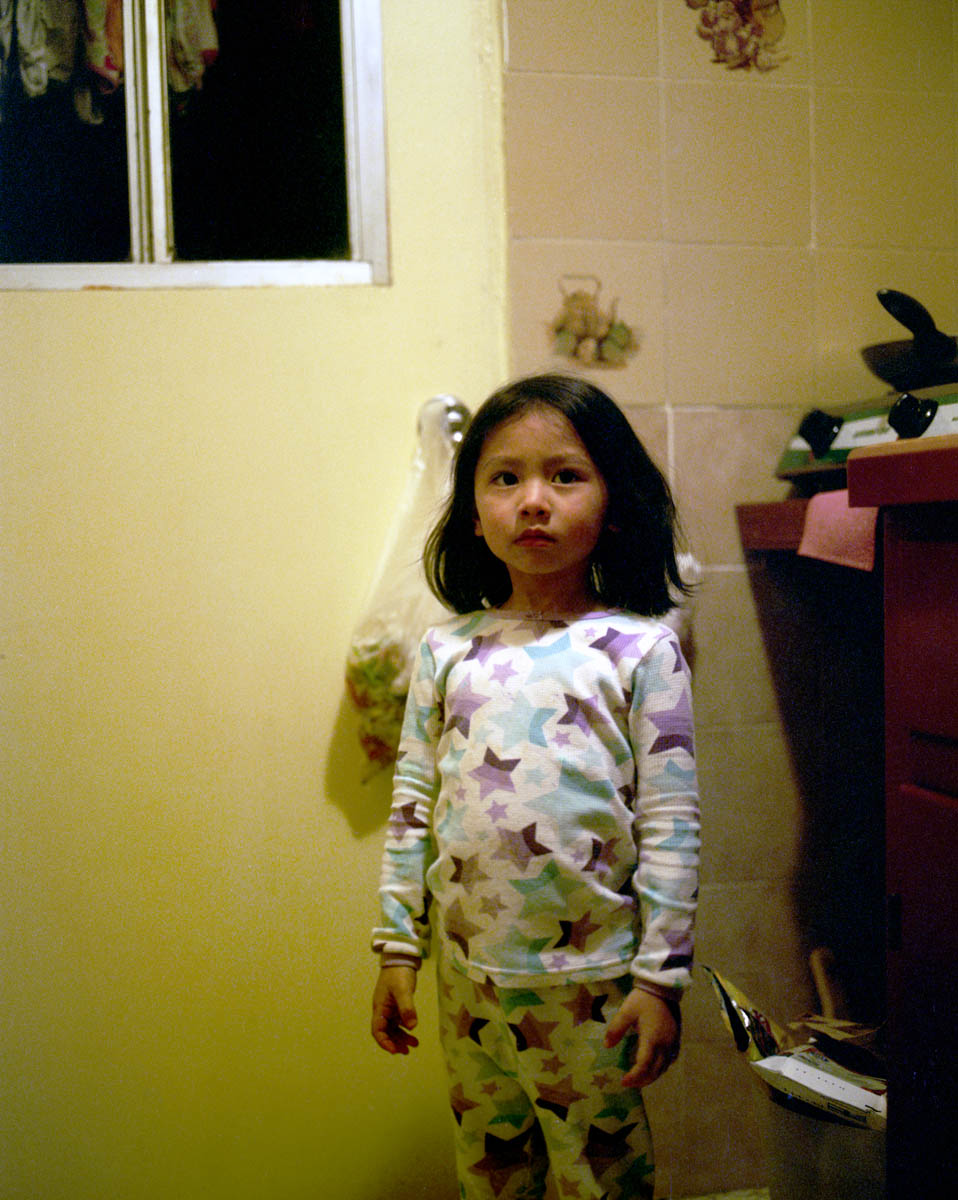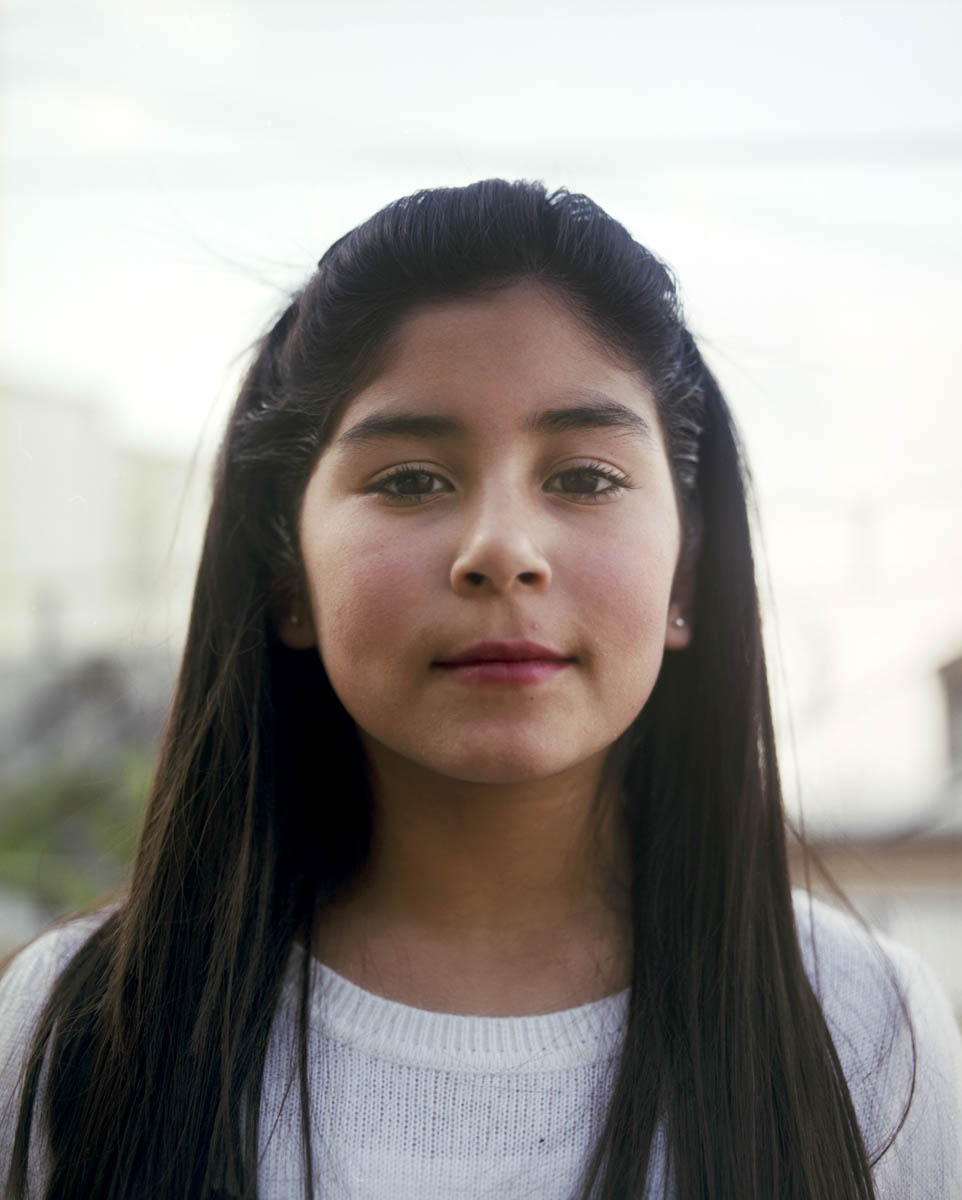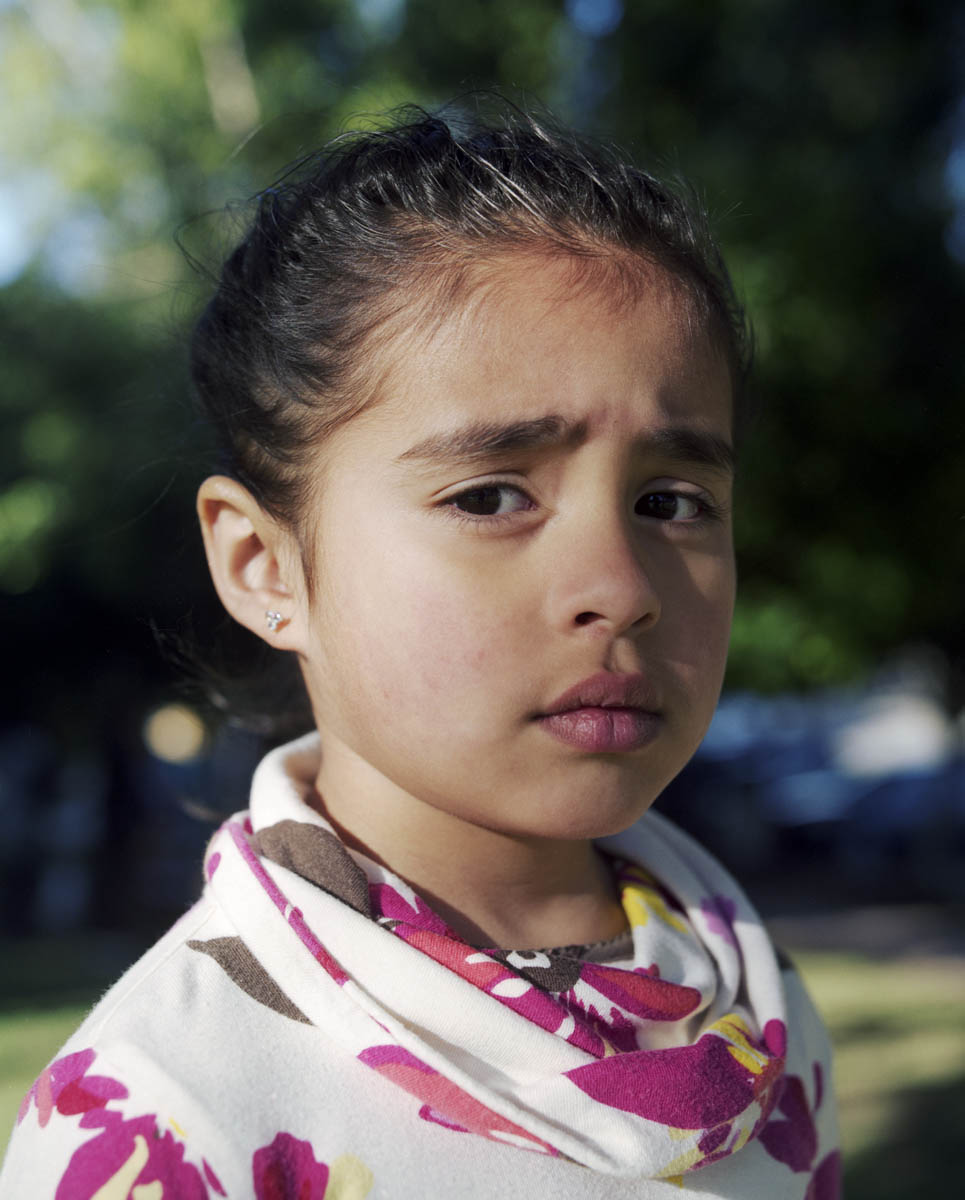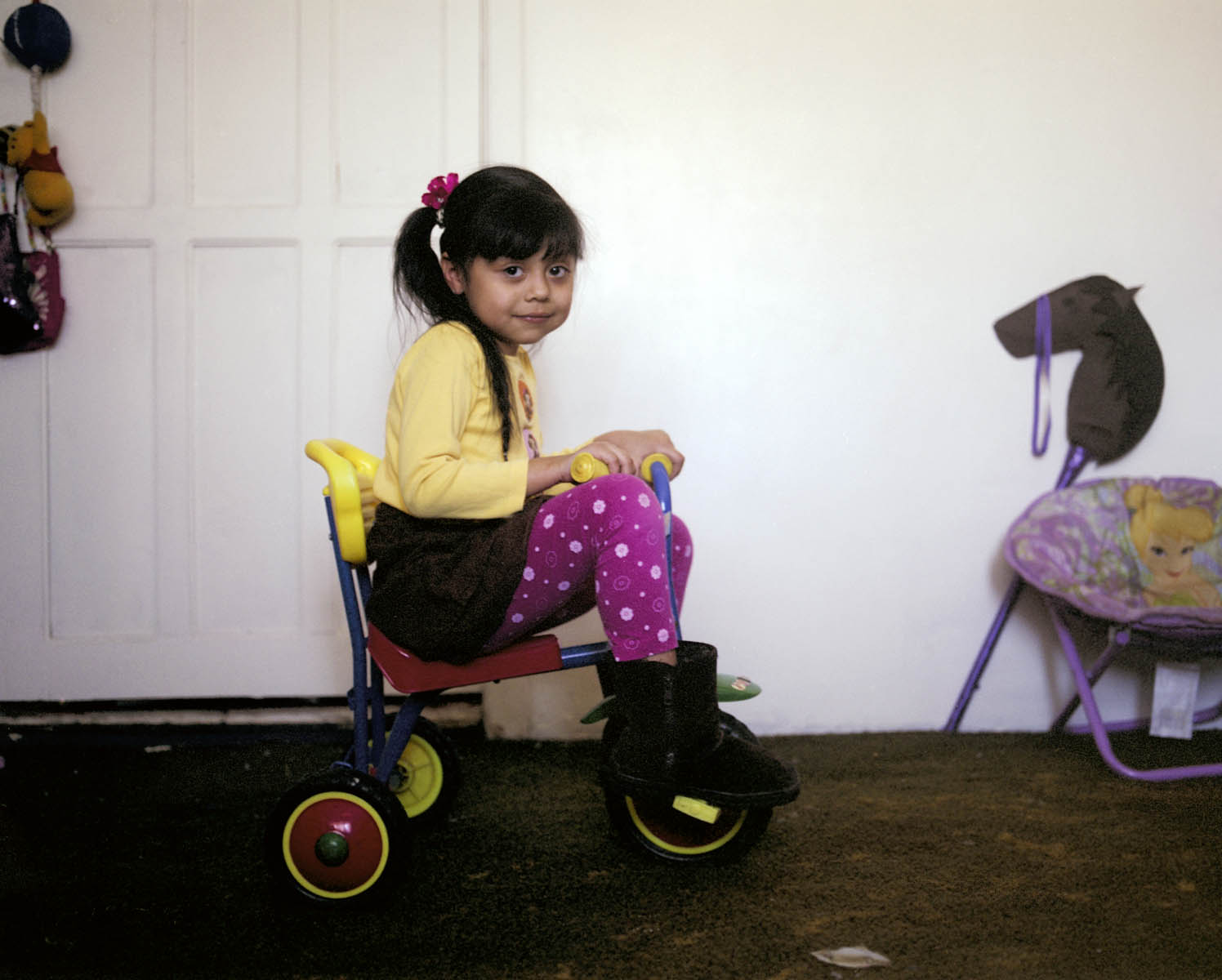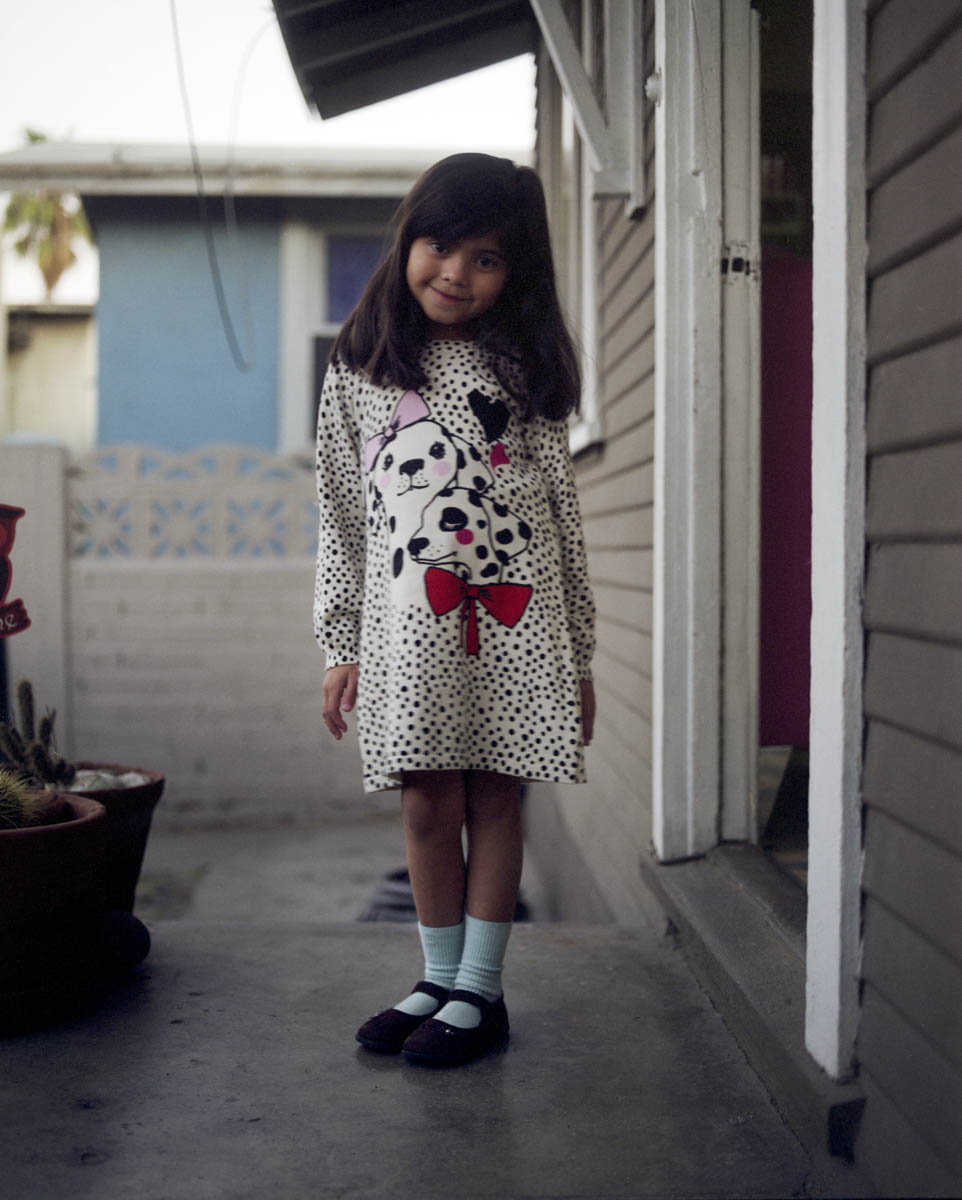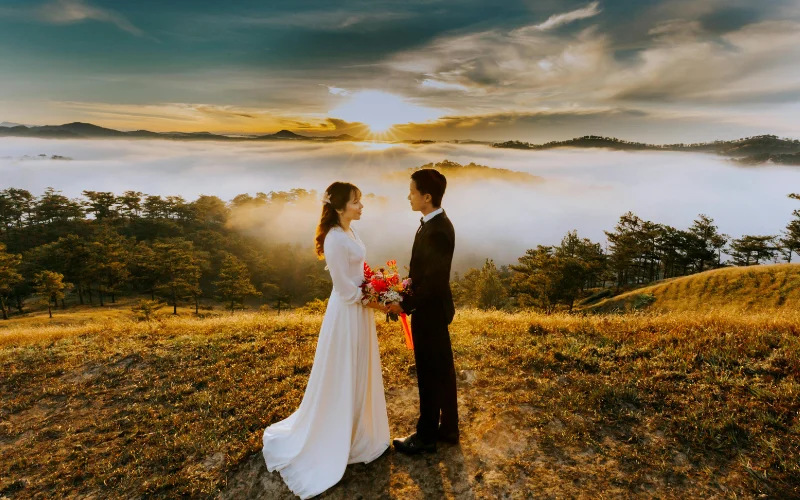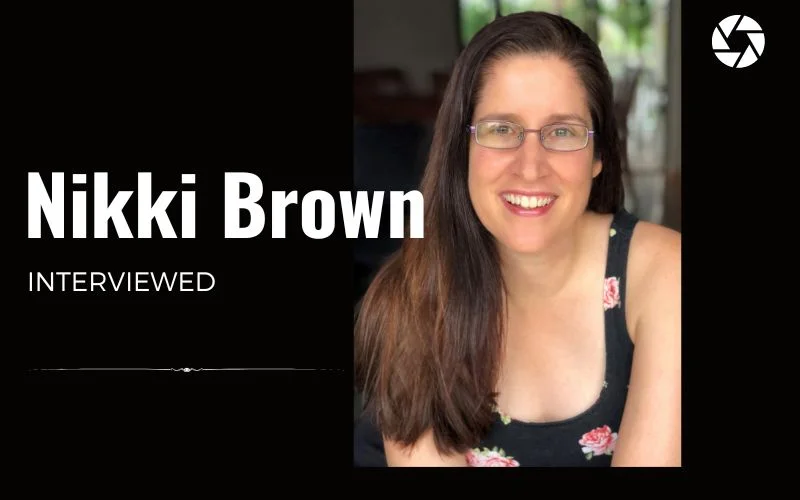A longer version of this article was originally published in Remezcla.
The U.S.-Mexico border is typically thought of as a place where people flow from south to north. They leave Mexico, it’s thought, in search of something better in the United States – not the other way around. But Americanos, a series of photographs taken by the Mexican photographer Alejandro Cartagena, contradicts this south-to-north view of immigration by showing those who move the opposite way.
Called “silent citizens” in Mexico, “Americanos” are legal citizens of the United States who, either by choice or through circumstance, return to Mexico. Some are children who were born in the United States and leave with their parents once citizenship is guaranteed. Others are older and cross back into Mexico illegally. “Most of them seemed completely uninterested in living in the U.S.,” Cartagena told me. “One went to high school for a year and decided to come back to Mexico because he didn’t ‘get’ the culture.”
The portraits depict a doubling of nationality and culture that exists near the border. Here, English written on a T-shirt is read as a sign of who you are and where you’re from. It’s these facts of environment that point to the photos’ understated argument: to become real, a border must be seen. Whether taken from nature or made by hand, a border is always first imagined in a language of coordinates. And like any language, there is ambiguity in finding its meaning. Cartagena captures the ambiguity of the border by doing something really simple: he photographs the people who could be at home on either side. I spoke with Cartagena over email about his series Americanos.
For this series, you could have photographed farm workers in El Paso, Texas, or even cholos in Houston. Did you intentionally avoid this because you wanted to broaden the Latino image? How did you find the people that you photographed?
I feel photography can bring forward issues that may appear invisible. I am not a reporter, though. I am not interested in an obvious news story. I always try to start from a personal situation. For this series, I wanted explore my own ideas of trying to make sure my children were born in the U.S. My wife is a first-generation Mexican from U.S. parents. But she has never lived in the states for a long period of time. She’s considered a second-class citizen: she can’t pass on her citizenship to her children in a direct way. Her children would need to be born in the U.S. or live there for at least a year before they are eighteen to claim citizenship. So when we were having Fausto, we thought that we would do that. In research of how to do so, I became aware of this practice. Many of my friends and friends’ friends are “silent citizens” of the U.S. One good friend from Tijuana was going to have her baby in San Isidro, and I asked her if I could photograph her, and that got me started. She helped me contact a couple dozen of other “Americanos.” I interviewed them all and then did a portrait afterward.
What did you learn from your interviews with the “Americanos”? Did any insights influence how you shot your portraits?
While interviewing them, I’d hear all their different motivations for having a baby in the U.S. Some talked of future opportunities. Others said it was something their family had done, so they’re just doing it too. There was always this sense of calmness and relief knowing their kids have this opportunity. I also learned what it’s like to be an “Americano.” Some older people I photographed entered Mexico illegally, using fake birth certificates to get into Mexican schools. The irony! Some also talked of harassment from border officials as to why they, being American, wanted to live in Mexico. Most of them seemed completely uninterested in living in the U.S. One went to high school for a year and decided to come back to Mexico because he didn’t “get” the culture. These stories are amazing because they are untold. The media is hungry for the typical story about a Latino trying to cross into the U.S., but the reality is that the border is not black and white.
You seem interested in showing how American culture asserts itself in a home. In this photo, for example, the blanket of footballs, the blues of his room, the Spongebob pillows, all suggest that an American boy lives here. Would you agree with this? What do these facts of an environment say about American culture?
It was not on purpose for sure. These are portraits taken at the border. We buy a lot of things in the U.S. because it’s cheaper. People go to work, go shopping, enjoy life wherever it’s more convenient; it can be on either “side.” American culture is embedded in Mexico but only on the surface. We are nowhere close to offering the social structure that makes America “America.” It’s a poor copy-paste situation with error of translations that these mixing of cultures imply.
To read the rest of the interview click here. See more of Alejandro Cartagena photography work here.
Save
